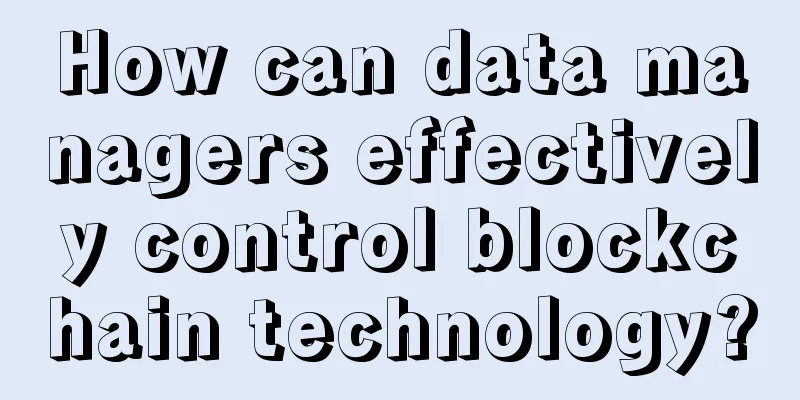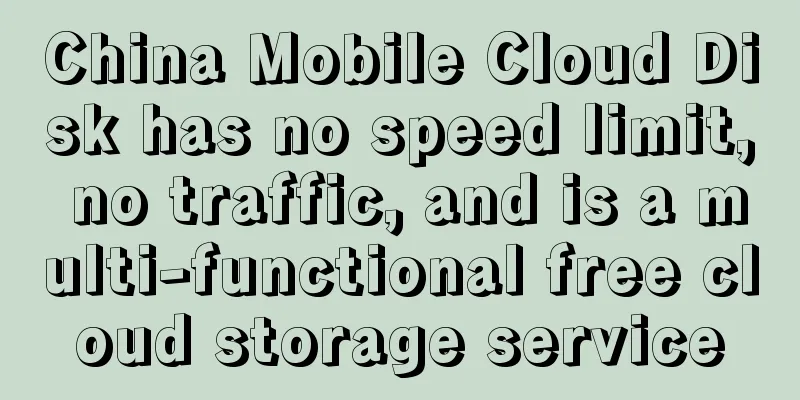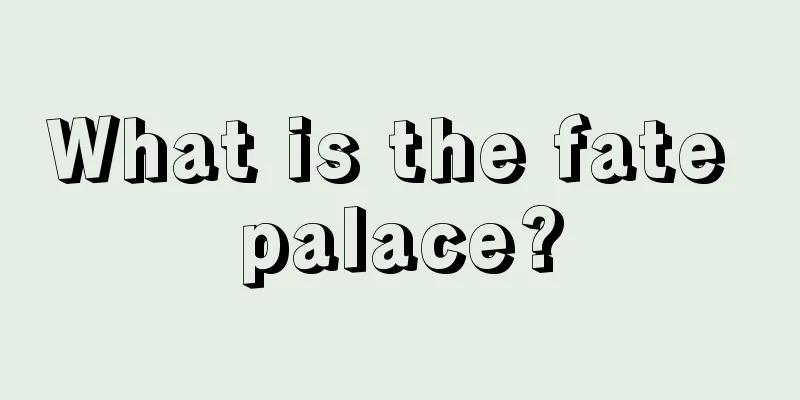How can data managers effectively control blockchain technology?

|
Steve Eric is a group manager at Spitzberg Partners, a fashion consultancy based in New York City that advocates for innovative technologies, and a leading analyst of emerging technologies. In this article, Eric describes blockchain technology from the perspective of a regulator ensuring customer data protection and security. I don’t envy Data Protection Authorities (DPAs). Although almost everyone in the company, from leaders to ordinary employees, is knowledgeable and motivated, the pace of innovation has not kept up. They seem to be permanently trapped in a technological vicious circle, like riding an elevator in the opposite direction. What exactly keeps them so busy?Initially, they paid close attention to American tech giants such as Google, Facebook, Amazon, Uber and AirBnB. But another major challenge comes from how to grasp the current trends in technology and data use. As regulators struggle to keep up with the latest advances in search, social media and cloud computing, new technologies continue to emerge in front of them. Part of the regulatory effort is to keep pace with these inventions and understand the implications of data protection. In the past few years, more resources have been shifted to research and investigations into drones, connected devices, technologies used by law enforcement, genetic testing, biometrics, and more. It is not enough to say that these technologies are enough. It is understandable that each technology attracts attention. Many technologies are already closely related to our lives, such as Nest thermostats and Apple's fingerprint recognition technology. These inventions not only continue to stand out in the market, but also have one common factor that makes regulators pay attention to them - they generate a large amount of user data, destined to be stored in the "cloud" and have the ability to make money. With new big data analysis technologies, these inventions give companies ways to improve their information control over customers. In contrast, blockchain is not easy to integrate into this model, and there is still a long way to go before it can influence every consumer. For an underdeveloped technology, regulators pay little attention or even consider it. A crucial pointHow can we put blockchain on the agenda? Start by emphasizing the future potential of blockchain. It is important to get regulators out of their comfort zone and emphasize that blockchain technology offers solutions and tools that are superior to those currently available in the market. It is therefore important to seize the opportunity that blockchain has to fundamentally change the economics of personal data, or in other words, restore individuals’ ownership of their data. Regulators around the world are increasingly working to ensure that data controllers and companies have the legal right to collect data, that users are comfortable with processing it, and that there are appropriate methods to ensure individuals can withdraw their data and give it to competitors (e.g. rival banks). Blockchain-based identity solutions that rely on cryptography, multi-signature technology and distributed computing power could stand to restore individuals’ “digital independence”. Also, it is better to relate the technology to the current market environment. This requires a comprehensive approach: first connecting the concept to core data protection theory. Then connecting a comparison between blockchain technology and similar market solutions such as cloud computing. Data Protection PrinciplesToday, the terms are mainly based on the eight principles established by the OECD in 1980: collection limitations, data quality, purpose specification, use limitations, security, openness, individual participation and accountability. Under these criteria, blockchain-based technologies demonstrate measurable advantages over existing technologies in the market. For example, using new cryptographic authentication protocols makes identity theft significantly more difficult. Additionally, future products built on blockchain could provide a transparent channel to ensure companies adhere to their practices in using and handling customer data. Today, it is expected that every company has a generic “privacy policy” that details what personal data they will collect, how it will be used, and how long it will be held. This and other aspects of the data lifecycle are accessible through these channels. With policy approval, customers often have little more than basic trust that suppliers will keep their promises. However, through the use of blockchain and smart contracts, these agreements can be encoded into business processes and made more standardized through the use of certification schemes, programmatically ensuring that companies will live up to their promises. Blockchain technology can also provide new solutions for companies to keep records, a task that has business implications in terms of learning how to capture more customer data. Across the world, more and more companies are required to maintain a complete data processing report and repository for audit and compliance purposes. In most cases, meeting some of these requirements requires tracking employee access to company data. This is a use case tailor-made for blockchain-based management solutions to verify and maintain company data. Comparison with Cloud ComputingTo illustrate the advantages of blockchain in terms of these core data principles, it is important to compare it to existing products on the market. When it comes to regulation of blockchain technology, I often spend time highlighting the difference between permissioned and open blockchains and ledgers. When the conversation gets a little deeper, analogies are drawn between the various types of blockchains and public, private, or hybrid cloud computing solutions. Governments are trying to understand the impact of cloud technology from a regulatory perspective. Their main concerns include strictly protecting data to ensure it is not misappropriated and remains confidential. In addition, the risk level continues to rise. Given the growing popularity of cloud-based solutions, providers are beginning to face stricter regulation and penalties, even for companies that are merely a customer or contractor using their data storage capacity. Considering the account appreciation for non-specific use cases, a comparison of blockchain-based and non-blockchain-based solutions easily makes the case for the advantages that distributed ledger solutions and smart contracts offer in terms of transparency, security, and purpose limitation. OutlookGiven that the main use cases are still centered around Bitcoin and the financial industry, many distribution network analytics software systems will leave it to financial regulators to manage the regulatory environment for blockchain. Therefore, it is unlikely that there will be any significant developments in terms of regulations or guidance from data protection authorities related to blockchain in the future. However, regulators around the world, such as the Federal Trade Commission (FTC), the European Union’s Article 29 Working Group and Canada’s Privacy Commissioner, have issued comments or guidance setting out how they see new technologies fitting into existing regulations and some of their key concerns from a consumer protection perspective. As blockchain technology continues to develop, I hope that eventually they will start having discussions as a prelude to formal guidance. When the distribution network analysis software system requires information, it is worthwhile for industry members to take the time to participate and submit comments. At the same time, there are things that can be done right away: developers and programmers should be aware of OECD principles and regulations to a certain extent when building a new product. In addition, regulators are encouraging the use of certification schemes as a means of demonstrating goodwill and reducing burden. For example, the upcoming European General Data Protection Regulation will replace the 1995 EU law and encourages the use of certification schemes as a means of complying with the regulation. Creating such a program would be a good start when it comes to blockchain regulation in the data protection world. Original article: http://www.coindesk.com/blockchain-tech-data-protection-authority-radars/ |
<<: Why can blockchain technology create a true P2P insurance model?
>>: Four major types of Bitcoin users: What do they think about the issue of capacity expansion?
Recommend
What facial features indicate that your fortune is declining?
It is not impossible for people's abilities t...
A person's appearance determines his character
When people interact with others, the most import...
What kind of people are likely to have unexpected wealth (pictures and text)
What kind of people are likely to have unexpected...
Is the fortune of a person with a split chin good? People with a split chin are clever.
People with a split chin have their chin divided ...
How to tell life fortune from nose physiognomy
Snub Nose A lion nose refers to a person with a l...
What kind of facial features do women have to have good luck in marrying?
For a woman, it is actually quite good to have th...
The shape of the face and mouth that is prone to cheating
The shape of the face and mouth that is prone to ...
Announcement | MEER landed on F2 Pool
We are happy to announce that MEER has been inclu...
Men's faces indicate that their careers are destined to be successful later in life
Men's faces indicate that their careers are d...
The most blessed woman's face reveals what kind of woman is blessed
Whether a person is blessed or not can be underst...
Concerns about US stagflation affect the crypto market as BTC and ETH trading volumes decline
Crypto markets were in the red as concerns resurf...
What does a lucky mole on the ring finger mean? Good love luck
For a person, it is often necessary to grasp some...
Stablecoin Annualized Rate Reaches 27%: How Sustainable Is Ethena Labs?
Editor's note: On February 16, Ethena Labs, t...
New ransomware outbreak in Europe has spread to many countries
According to foreign media reports on October 25,...
Forehead lines indicate a lack of responsibility
People's happiness should be in their own han...









